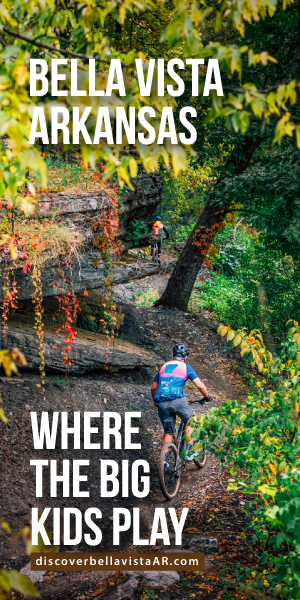The 2017 edition of Block, Street & Building magazine included an article on adaptive reuse and infill development, and highlighted the then-Dollar Saver building in downtown Rogers. Two years and some incredibly heavy lifting by many inspired and hard-working people later, the property now known as The 1907 Building has transformed from a deteriorating former warehouse grocery into an incredibly active local focal point.
Tenants in the new space include Onyx headquarters and coffee roastery; two restaurants, Heirloom at The 1907 and Yeyo’s Taqueria & Mezcal Bar; a bakery, Doughp; an event and music venue, Dry Storage; and a craft cocktail lounge, The Foreman. As well, 11 mezzanine loft apartments are here, one of which is available for nightly rental.
The experience of The 1907 highlights three critical, overlapping development lessons for transformative adaptive reuse projects: Patience, Creative Project Structure, and Involving Many Hands.
Patience—From the moment Morgan Hooker, my partner at High Street Real Estate and Development, purchased the building with an early investor group, the project generated a litany of questions. How damaged is the structure? What types of businesses should go in the building? Where is downtown Rogers in its reemergence?
During the last few years, the initial investment group was replaced and an anchor Walmart vendor tenant was lost, prompting a mid-stream change of space from office to apartments. The retail mix, meanwhile, was continually refined to optimize space and business availability. This is in addition to the inevitable construction surprises inherent to working on a 110-year-old building.
All of these developments serve to remind us that without patience, an ambitious project like The 1907 Building could never get completed.
Creative Project Structure—Creative approaches to ownership, financing and leasing helped pull the project together. First, we invited Jon and Andrea Allen, owners of Onyx Coffee Lab, to participate in the ownership of the building. This added stability and clarity to the project while also adding Jon’s design eye to the overall building in addition to their outstanding space.
Second, our banking partner Iberiabank and our historic tax credit consultant, Antionette Johnson, helped us structure financing that made sense for an important downtown historic building. Third, we worked exclusively with high-quality local business operators and designed flexible leases that considered their available capital resources.
Importantly, each of these areas of creativity was built on a foundation of trust—and often friendship. This leads us to the final point.
Involving Many Hands—The 1907 Building would not have turned out nearly as well without the contributions of inspired participants who felt real attachment and ownership in its outcome.
Way too often with conventional developments, the end product is driven by one entity with a repetitive business model. (Who else wants to gag any time an out-of-touch developer explains their “vision” for a project?)
The role of the developer should be humble, helping put into place the bones that business owners and patrons and residents make their own.
On the design side, Morgan and Jon Allen worked closely with Bradley Edwards Architect, as well as the building tenants, particularly Jason Paul of Heirloom at The 1907 and Rafael Rios of Yeyo’s. Stronghold NWA provided dedicated contracting focus with Michael Ames and Mike Levitsky pouring their heart and soul into a challenging building.
The Rogers-Lowell Area Chamber of Commerce, especially Vice President of Downtown Development Karen Wagaman, offered constant encouragement and important introductions. And, finally, the city of Rogers’ community and code enforcement departments helped us identify important solutions when bringing an old building back to life.
While the “hard” sides of development (construction, accounting, leasing and finance) are always important, many of the lessons from The 1907 Building are on the soft side. By being patient and creative, the project was able to get off the ground, but by embracing enthusiastic participants who contributed creativity and initiative, The 1907 became fantastic.
The 1907: Case Study in Adaptive Reuse



